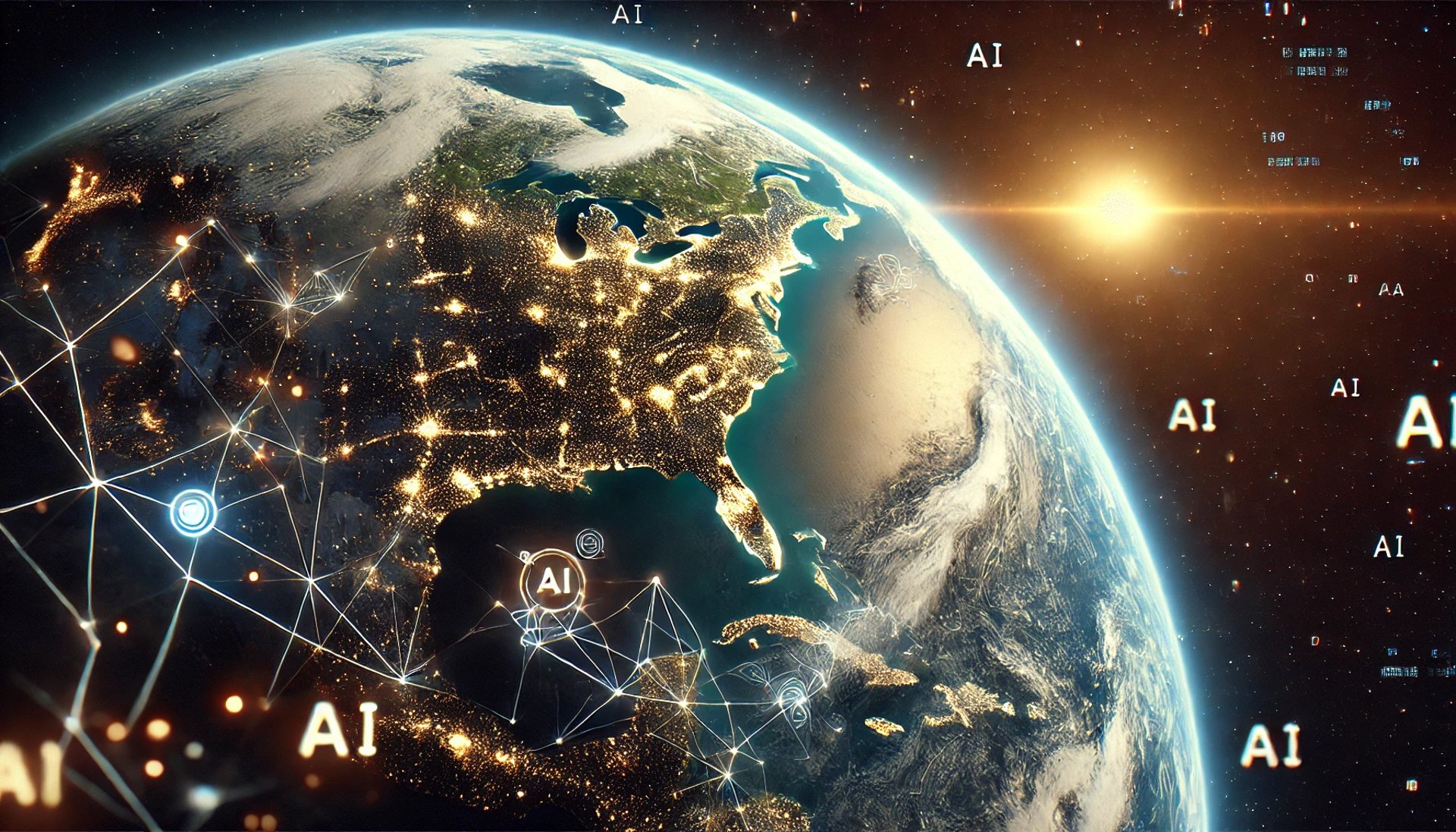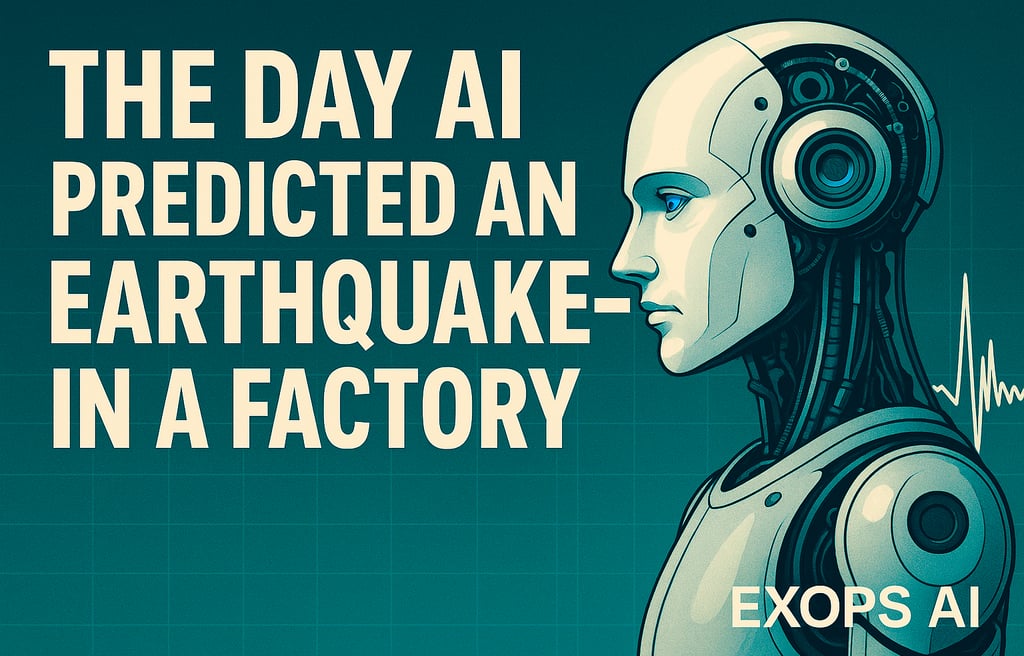
The Day AI Predicted an Earthquake—In a Factory
Discover how a factory AI assistant unexpectedly detected a distant earthquake by analyzing unusual vibration patterns in industrial equipment. This story explores the surprising crossover between machine health monitoring and seismic detection—revealing how AI and sensors can deliver safety insights beyond their original design. description.
USE OF GENERATIVE AI
EXOPS AI
5/20/20252 min read



On a quiet Tuesday afternoon, a mid-size manufacturing plant’s vibration-monitoring AI assistant threw a critical alert: readings indicative of a seismic event under Motor #4. Engineers rushed to inspect, finding everything seemingly normal—until three hours later a magnitude-4.8 quake struck 50 miles away. Was your plant about to be ground zero, or did your AI just accidentally moonlight as a seismometer?
The Incident in Detail
Sensor Setup: High-precision accelerometers installed on each major motor recorded multi-axis vibrations at 1,000 samples/sec.
Anomaly Detection: The AI model, trained on thousands of normal operation cycles, flagged an unprecedented low-frequency spike.
Human Response: Safety protocols kicked in—production slowed, inspections were conducted, and the team prepared for potential damage.
Real Quake Report: Local seismic stations confirmed the quake, vindicating the AI’s early detection.
Technical Backstory
Broadband Sensitivity: Industrial sensors capture a broad frequency spectrum, including sub-1 Hz ground waves from distant tremors.
Model Training: Because the AI had never seen those low-frequency signatures in machine data, it labeled them “high-severity anomalies.”
Environmental Coupling: Foundations and piping can transmit earth-shaking vibrations with minimal attenuation, surprising even experienced engineers.
Why This Matters
Early Warning Potential: Factories can complement public seismic networks, offering hyper-local tremor detection.
Data Reuse: Vibration logs intended for machine health can double as environmental sensors.
Community Impact: Manufacturing sites become part of a broader sensing ecosystem, contributing to public safety.
AI-First Lesson
Design for Dual Use: When training anomaly models, consider environmental events as a valid class, not just machine faults.
Implement Triage Classifiers: Add a secondary model to distinguish “machine health” anomalies from “environmental” ones.
Share Insights: Partner with local authorities or research institutions to extend your sensing network and earn goodwill.
Conclusion
This uncanny tremor-warning incident shows how generative AI—and the sensors that feed it—can yield unexpected benefits beyond their original purpose. By embracing serendipitous detections and building layered models, you transform “coincidences” into strategic advantages for both safety and operational insight.
Disclaimer:
While inspired by real scientific principles and emerging AI capabilities, this story is a hypothetical scenario created to illustrate the potential of AI-powered anomaly detection in industrial settings. No specific real-world event matching this exact narrative has been documented.
Author: EXOPS AI L.L.C.
Connect with us: info@exopsai.io | +1 (833) 396-7724
Explore our Custom GPT Store: https://exopsai.io/artificial-intelligence-gpt-store

